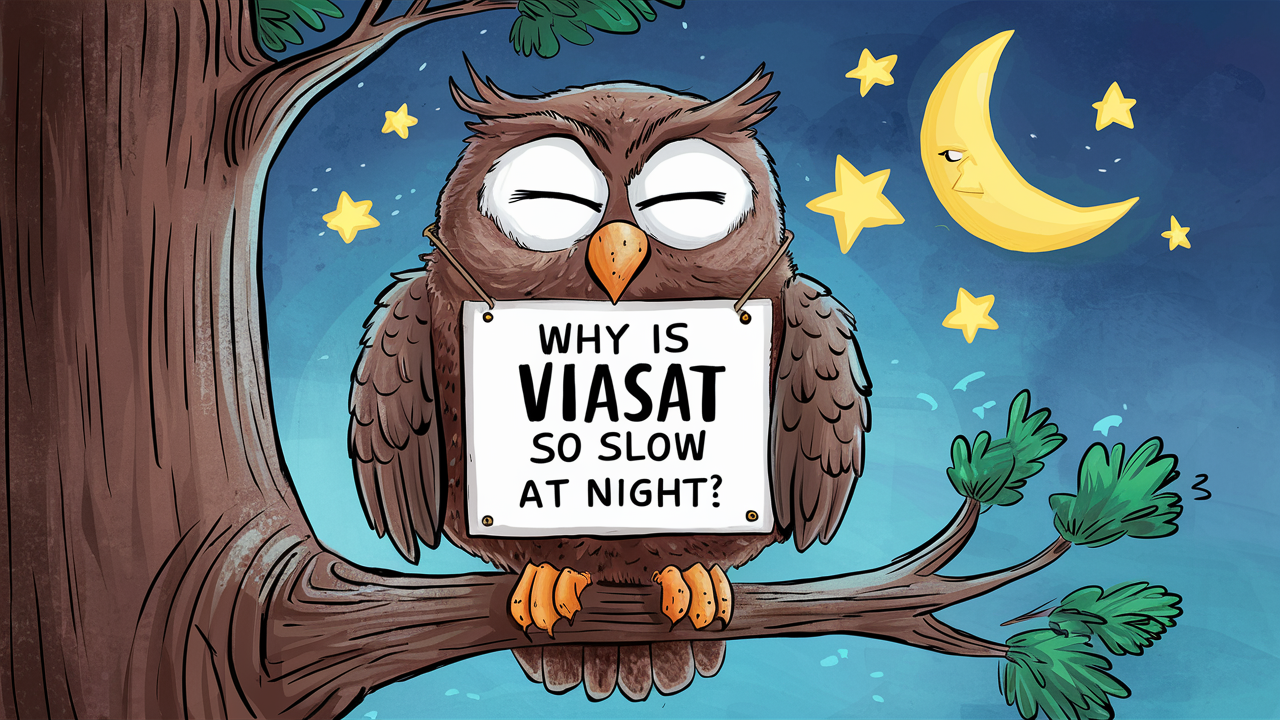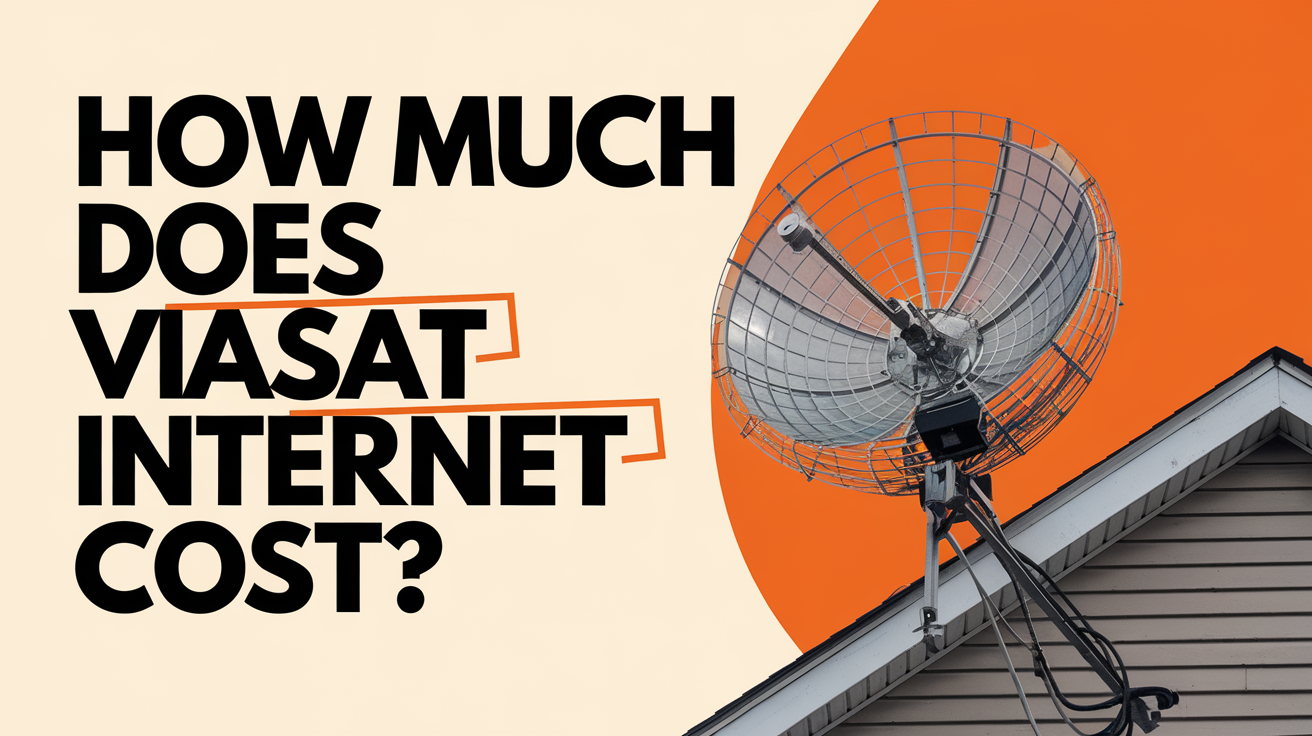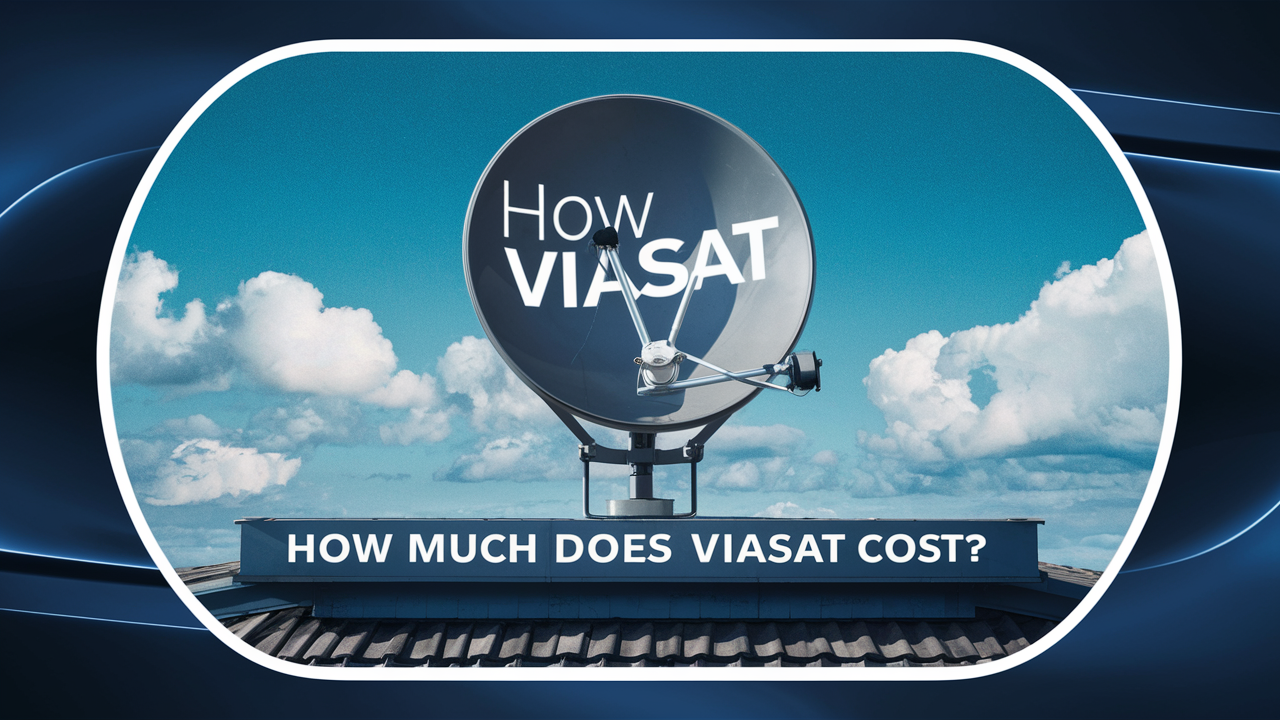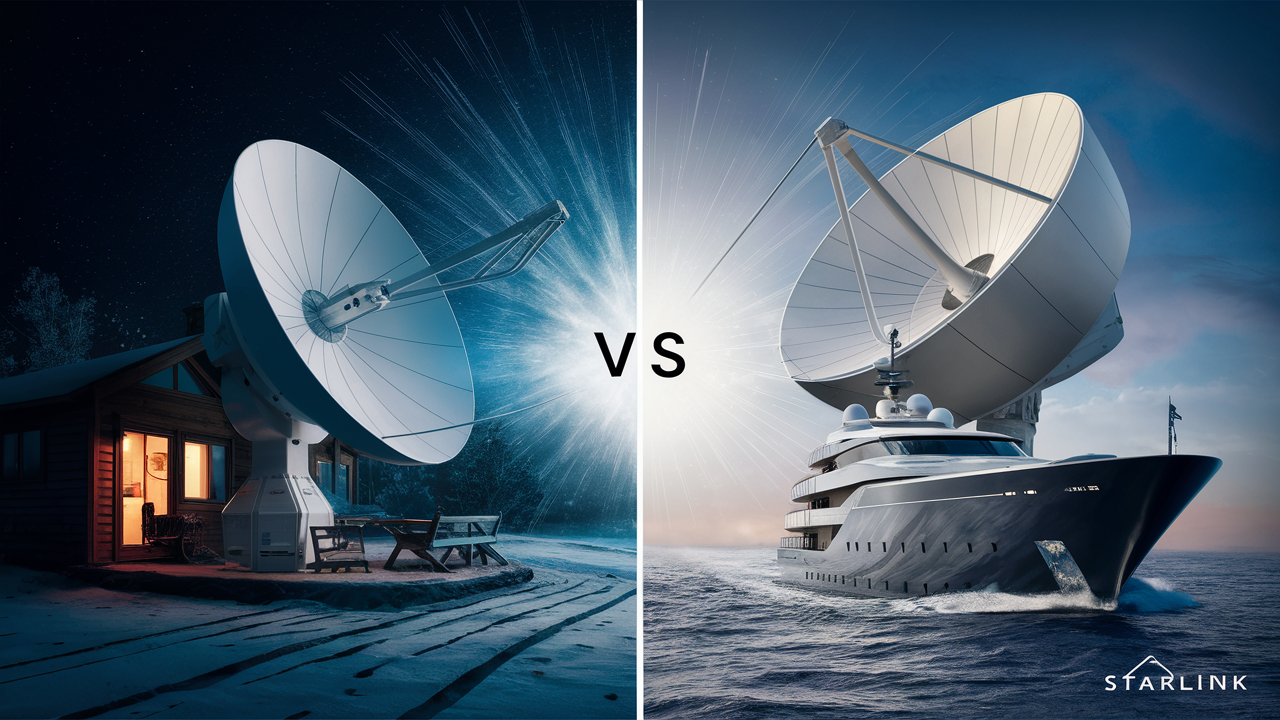-
Posted on: 03 Jul 2024

-
Why Is Viasat So Slow at Night
Viasat is one of the most common satellite Internet service providers for clients who live in regions where it is impossible to get cable or fiber optic Internet. But there are complaints with many of the Viasat customers that they observe a decline in internet speed especially in the evening and at night when people are probably at home and online. There are several reasons why Viasat tends to get slower at peak usage times: There are several reasons why Viasat tends to get slower at peak usage times:
Bandwidth Congestion
This is a common issue affecting many Viasat internet connections and is primarily caused by congestion during the night. Viasat uses geostationary satellites to transmit data, unlike other internet service providers that use fiber optics or other terrestrial mediums. Before the speeds start to decrease, each satellite can provide only a certain amount of bandwidth per area of service. It correlates that if more customers in the same geographic area are online in the evenings streaming video, gaming, video conferencing, and more it consumes more of that finite bandwidth which leads to a congested network and slower speeds.
Generally, the daytime has low activity, and hence fewer people are using Viasat connection and the pressure on the band is comparatively low so the speed is higher. However, during lunchtime and especially in the evening and night, the collective demand for bandwidth increases and may compete with the available network bandwidth of a certain satellite beam, thus reducing the speed of any user in that certain area accessing the satellite.
Data Prioritization Policies
It also employs network utilization policies to allocate certain types of internet use during rush hours. For example, practices like accessing websites, sending/receiving emails, and making VOIP calls may experience priority during congestion times over bandwidth-intensive practices such as video streaming and downloads. This avoids overall congestion and ensures that important internet applications are not slowed down. However, it heavily degrades some of the non-essential video services to near-unusable levels when users are at their peak in the evenings. And so Bandwidth-intensive services are the most affected though all the content will take longer to load during periods of peak traffic.
However, if you are surfing the internet in the evening and watching videos on Viasat – the page may load slower because your neighbors’ video streaming uses up the satellite’s bandwidth.
Physical Satellite Infrastructure Limits
The physical satellite net work physical structure is also involved In some of these processes. GEO satellites exist in space and are situated over 22, 236 miles above the surface of the earth. Thus the data signals have to go through a very long distance up to the satellite before coming back down to the earth. This inherently adds more delay and capacity issues than other comparable land-based cable and fiber optic systems where data does not have to traverse as large a distance to reach its intended destination.
To date, Viasat has only one or two high-carrying GEO satellites to deliver this coverage. This means that bandwidth resources are stretched and can be overused, especially in situations where many customers use the network at the same time in one location (rural area). More satellites would mean a larger total bandwidth as well as the speed of the satellite system. However, satellite launches are costly so there is slow progress in enhancing its capacity.
This is true though Viasat did state that its newest satellite, ViaSat-2, holds over 4x more capacity than earlier technology. But, it also takes some while to replicate such bandwidth increments across the country. Thus, regions remaining under the coverage of older satellites demonstrate critical evening degradations as more and more rural customers connect to the Internet.
Winter Weather Complications
Severe weather such as heavy snow and ice in the winter can also negatively impact and disrupt satellite signals in the winter season. Lightning storms or heavy snow, wind, and rain could also potentially interrupt service and cause less service, and slower speeds. Even though Viasat satellites are located in ways that ensure that it is not significantly disrupted by weather, the customers under its coverage might experience low speeds for the entire period of inclement weather conditions. Satellite internet is the only source of broadband connectivity for those users who have no access to wired broadband services in rural areas and are dependent on it for business and other essential communications needs. Hence prolonged severe weather that slows speeds is unbecoming to many satellite internet users during winter.
What Can Be Done?
Thus if Viasat customers experience their internet speeds dropping down to a snail's pace at night, what can they do? Here are a few tips to maximize speeds as much as possible when satellite bandwidth constraints kick in: Here are a few tips to maximize speeds as much as possible when satellite bandwidth constraints kick in:
1. The modem/router – One can try rebooting the installed satellite modem/router which usually has the temporary effect of boosting the speed.
2. Restrict data-intensive operations – Schedule high-demand activities such as downloads, online streaming, and uploads for a time when connectivity is at its best other than during rush hour. Avoid using live video chatting where bandwidth requirements are needed especially in the evenings.
3. Connection problems – Instrumental problems such as old modems or cables can also cause slow connection and should be checked. If any of the equipment is becoming old or is not functioning optimally, it may be a good idea to replace it.
4. Call customer care – Inform Viasat customer care of persistently slow and inadequate speeds for home use as they might offer guidance or conduct a network check.
5. Filing an FCC complaint –A U.S. consumer can file a complaint to the FCC regarding the measured speeds of ISP below the offered speeds or speeds that do not enable reasonable internet usage consistent with the tier level paid for.
While there are normal variations in the speeds that satellite internet delivers throughout the day, when extreme slow down at nighttime makes web use challenging due to slow speeds throughout the night, it becomes important that the cause be investigated and fixed. However, this may not always be the case due to some differences in the infrastructural provisions given that the speeds must be evenly fast. Perhaps over a longer time more satellite launches to offer more capabilities to improve the internet speeds to rural areas may be required before we see the nighttime Viasat speeds live up to the reliable full-time broadband prospects.





